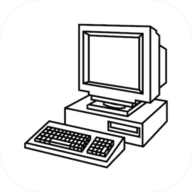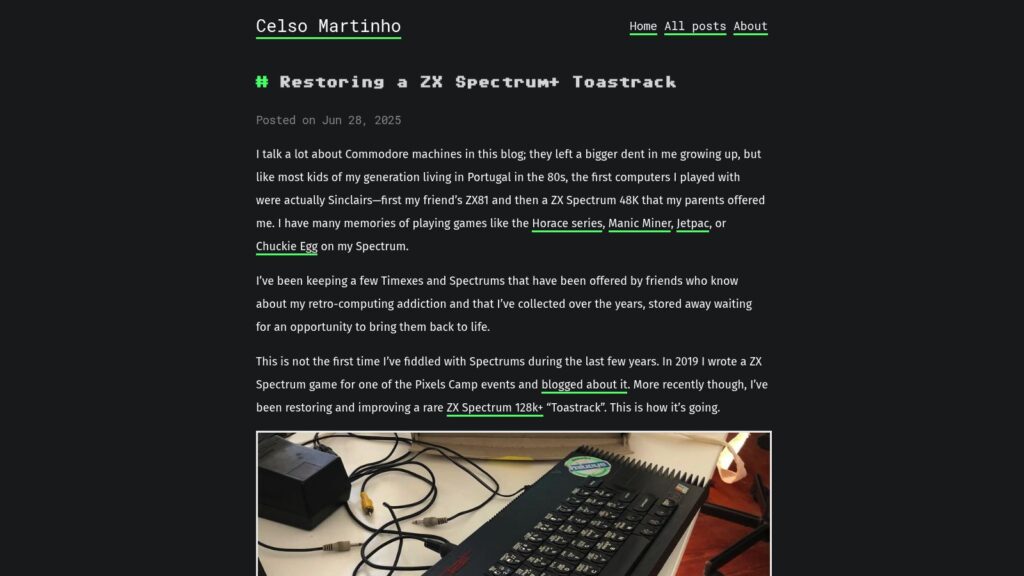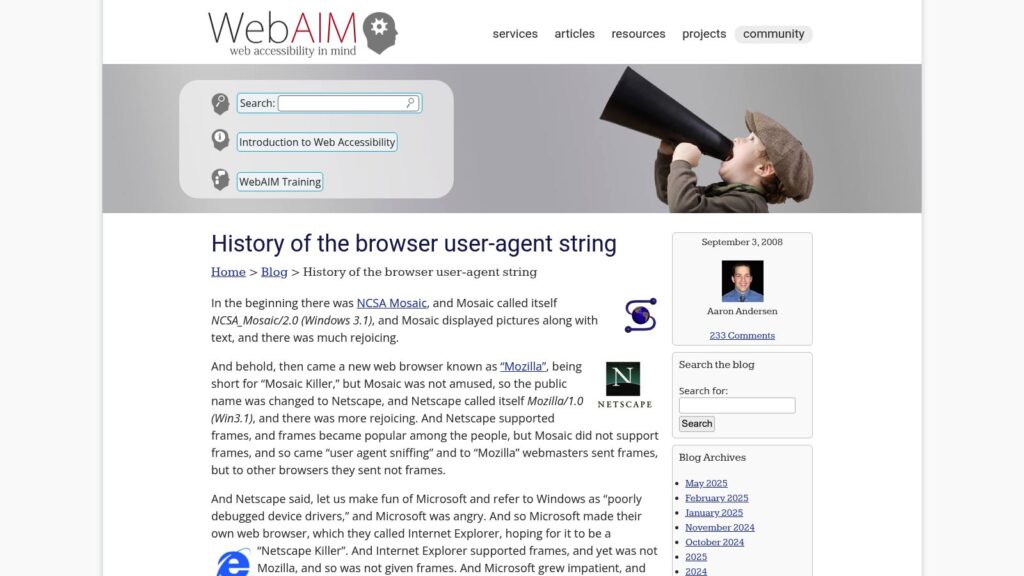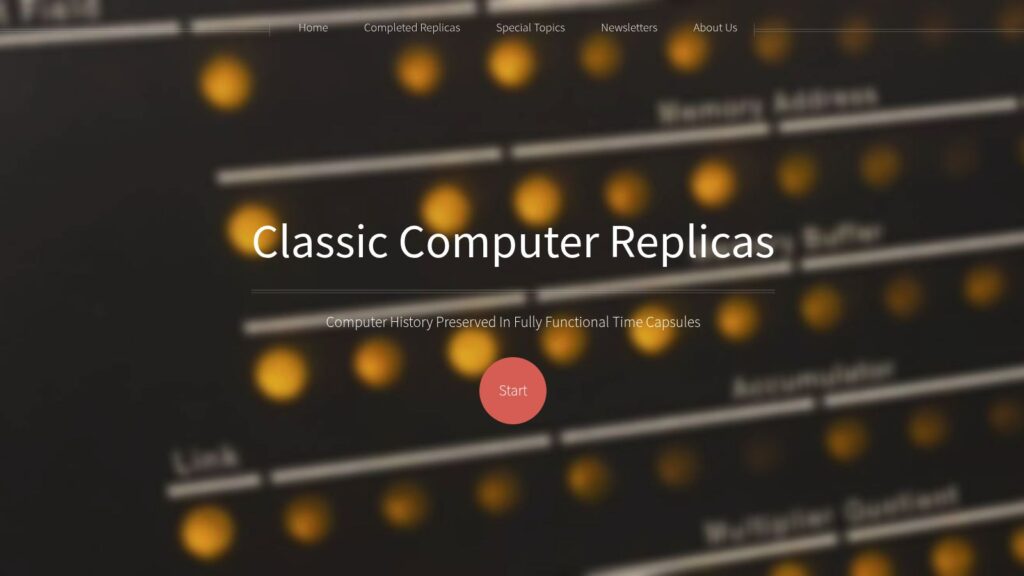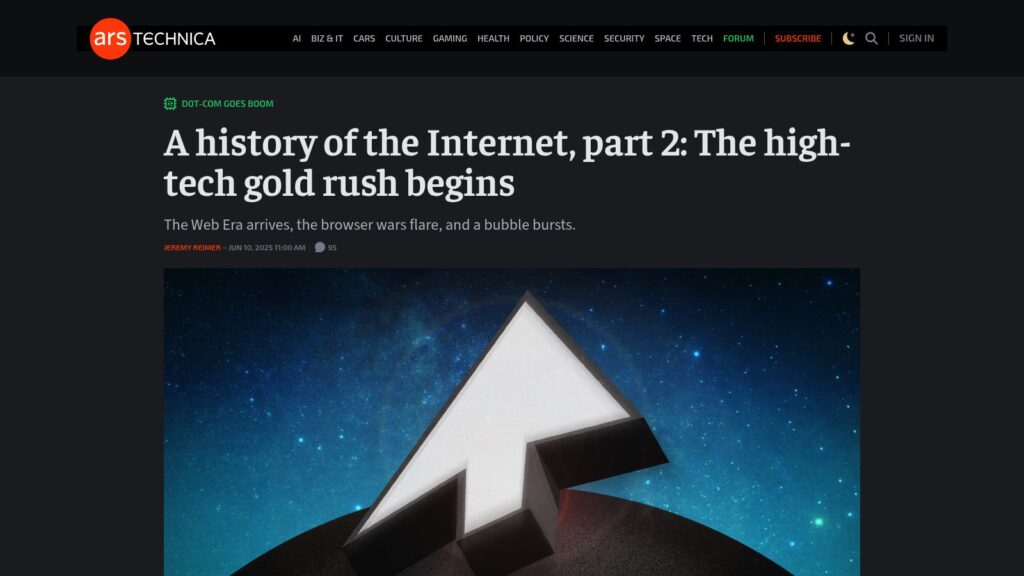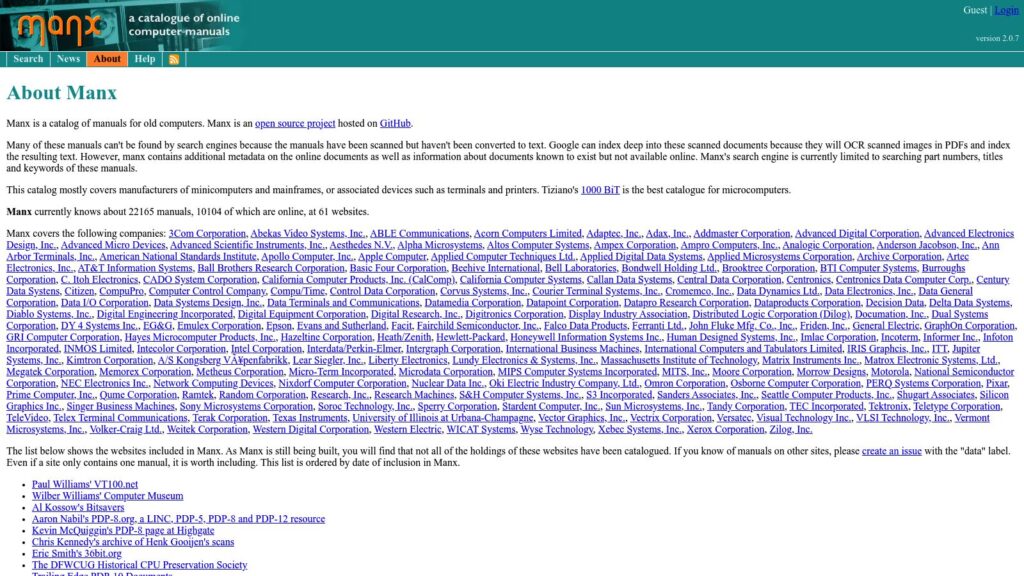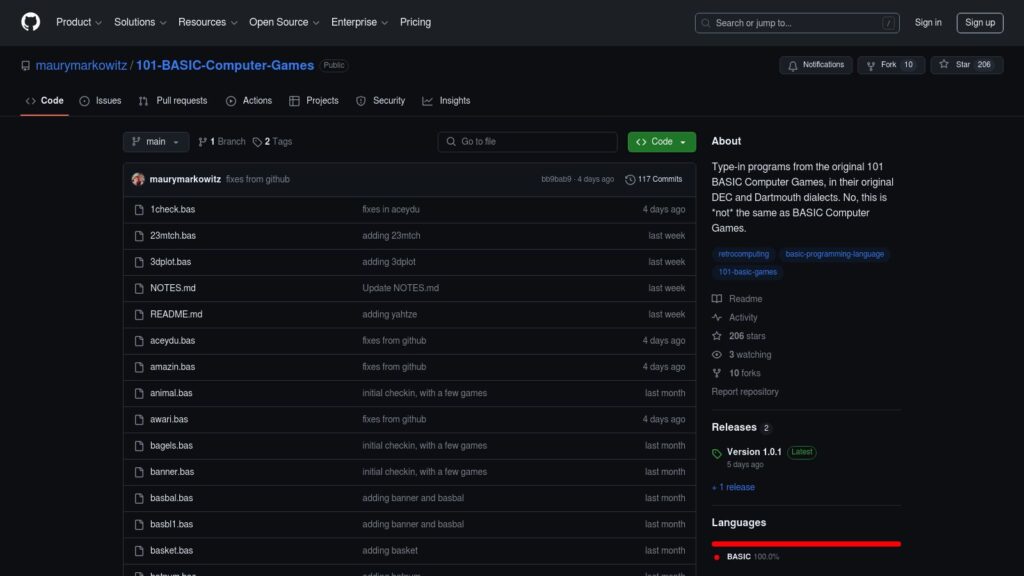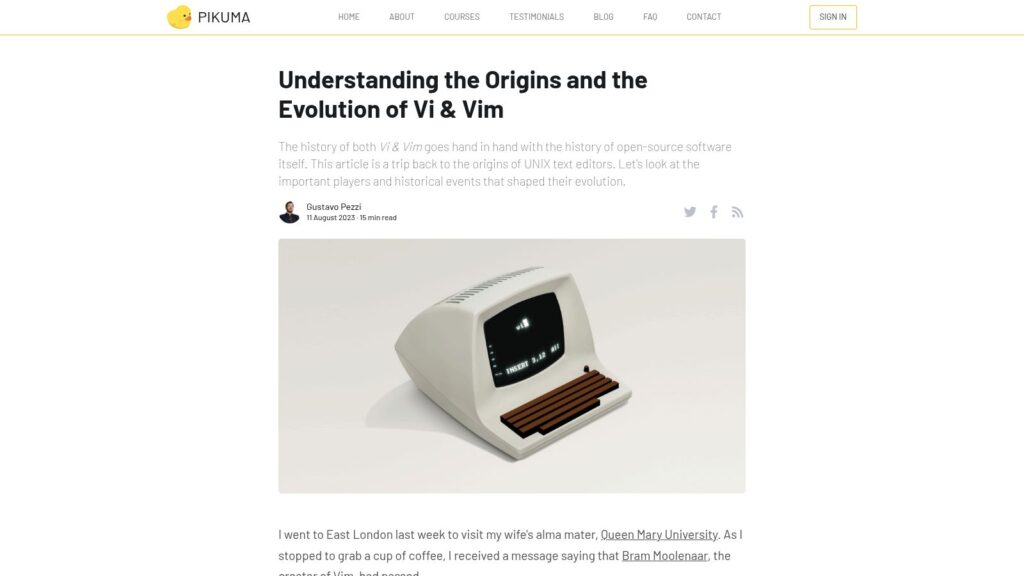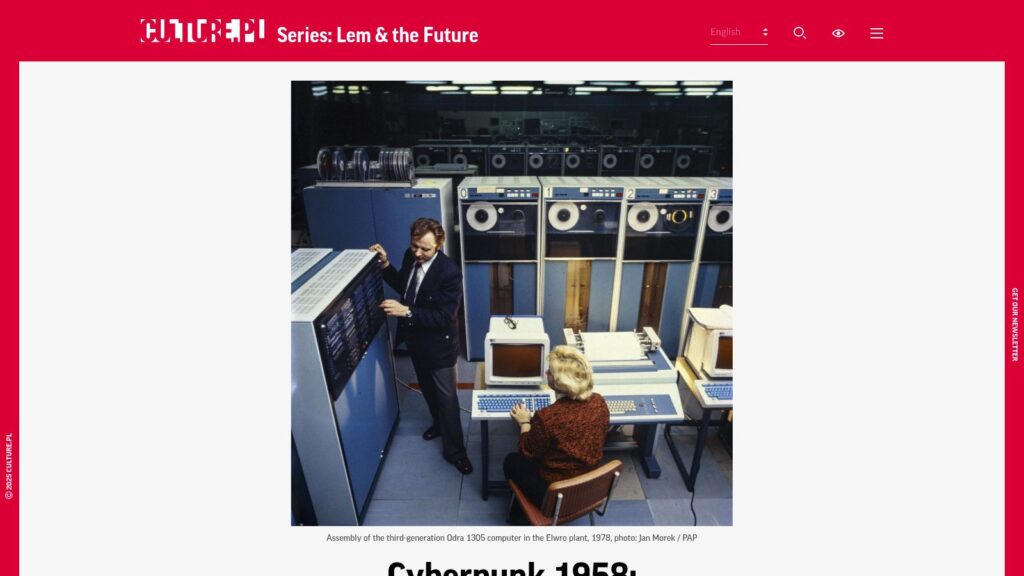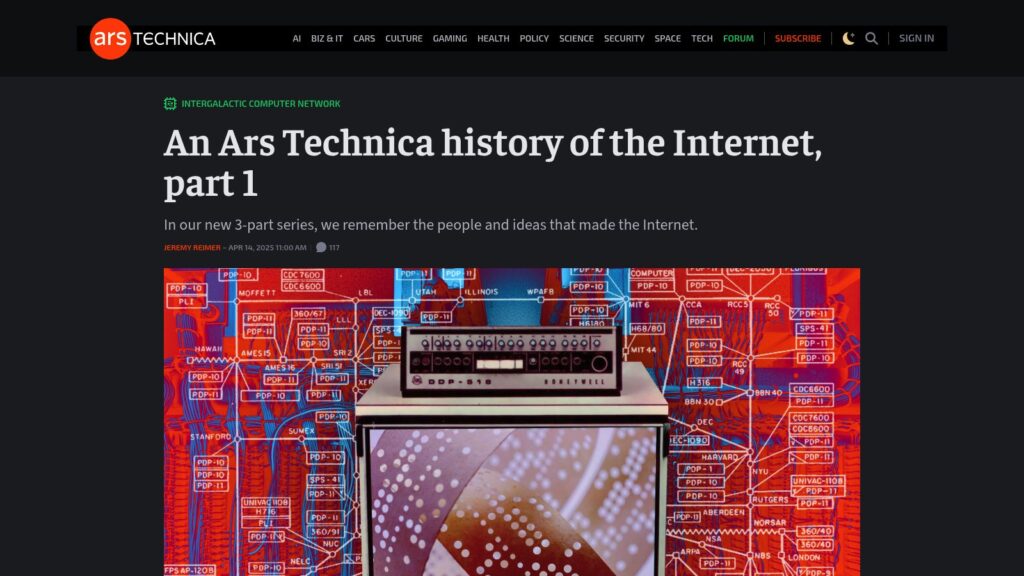Restoring a ZX Spectrum+ Toastrack
Restoring a ZX Spectrum+ Toastrack: Celso Martinho discusses his efforts to restore a ZX Spectrum 128K Toastrack, sharing childhood memories and detailing the restoration process. Initially assessing the device’s condition, he made various repairs, including reflowing solder, upgrading the power regulator to a DC-DC Buck converter, cleaning the edge connector, improving video signal quality, and replacing the keyboard membrane. He also switched to HDMI video output for better quality. After enhancements, the restored Toastrack is now fully operational and ready for use.
Restoring a ZX Spectrum+ Toastrack Read More »
